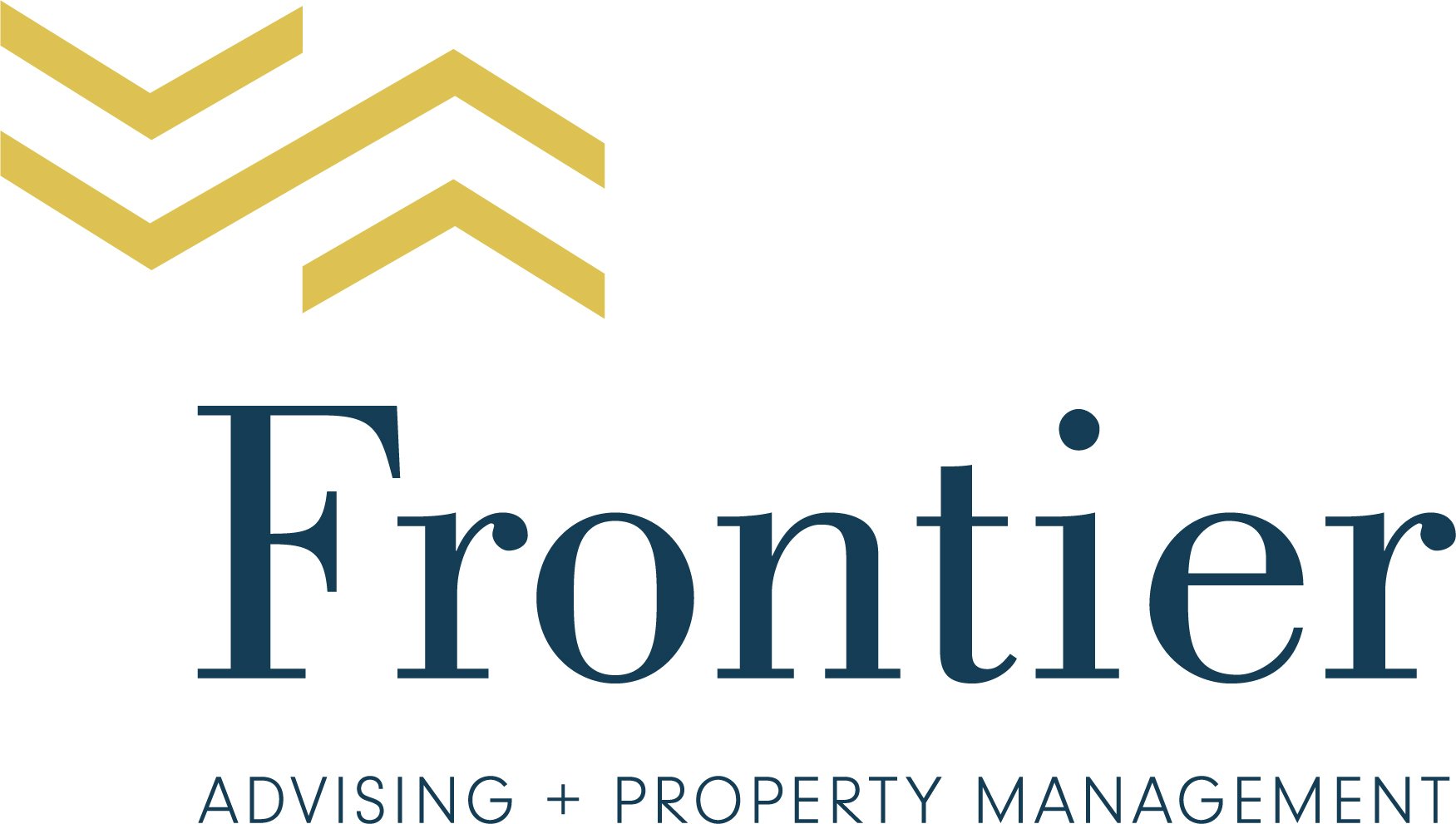How to Identify Profitable Locations for Your STR Property
From our 8 years of experience with STRs and 14 years with long-term rentals, we understand the intricacies of identifying the most profitable locations for short-term rental properties. The right location can make or break your investment. Here's a detailed guide to help you pinpoint the best spots for your next STR venture.
1. Understand Market Saturation and Differentiation
The first step in identifying a profitable location is to understand the market saturation. Highly saturated markets often have fierce competition, which can make it difficult to stand out. However, there are ways to navigate this:
Market Analysis: Conduct thorough research to identify the types of properties that dominate the market. For instance, if a location has a surplus of 3 and 4-bedroom properties, look for opportunities to invest in 1-bedroom, 5-bedroom, or even 6-bedroom properties. This differentiation can attract niche markets, such as solo travelers or generational families.
Unique Features: Even within saturated markets, properties with unique features (like a rooftop deck, sports courts, pickleball courts, luxury backyards, or proximity to local attractions) can stand out. Ensure your property offers something that others do not.
2. Research Local Regulations
Local regulations can significantly impact the profitability of your STR property. Some cities have stringent rules regarding short-term rentals, including limits on the number of rental days per year, licensing requirements, and zoning laws. Research the local regulations to ensure your property will be compliant and able to operate without legal issues. We know people who have purchased a property for an STR only to find out that the city has just implemented rules and regulations that don’t allow STRs—a real bust to your profitability.
3. Evaluate Tourism Trends
Tourism is a major driver of STR profitability. Here’s how to leverage tourism trends:
Year-Round Destinations: Locations that attract visitors throughout the year are generally more profitable. Look for areas with diverse attractions, such as beaches, mountains, cultural sites, and business centers.
Event-Driven Demand: Some locations experience spikes in demand due to events like festivals, conventions, or sporting events. Investing in such areas can lead to higher occupancy rates during peak seasons.
Growth Potential: Identify emerging tourist destinations. These areas may offer lower entry costs but have the potential for high returns as they grow in popularity.
4. Proximity to Amenities and Attractions
Guests often prefer properties that are conveniently located near amenities and attractions. Consider the following:
Walkability: Properties within walking distance of restaurants, shops, and public transportation tend to be more appealing to guests.
Local Attractions: Proximity to popular tourist spots, such as beaches, parks, historical sites, and entertainment venues, can enhance your property’s appeal.
Safety and Neighborhood Quality: Ensure the neighborhood is safe and well-maintained. Guests prioritize safety, and a high-quality neighborhood can command higher rental rates.
5. Analyze the Competition
Understanding your competition can provide valuable insights into what works and what doesn’t in a particular market. Before you buy, research, research, research. For example, we recently walked away from a home in Florida during the inspection period because the competition’s calendars didn’t tell a compelling enough story to justify putting all of our eggs in one basket - even though it was the most incredible basket.
Competitive Pricing: Research the average rental rates for similar properties in the area. This will help you set competitive prices while maximizing profitability.
Guest Reviews: Analyze guest reviews for competing properties to identify common complaints and areas for improvement. This can help you tailor your property to better meet guest expectations.
6. Leverage Data and Analytics
Utilize data and analytics tools to make informed investment decisions. Platforms like AirDNA, PriceLabs, and even podcasts provide comprehensive data on occupancy rates, average daily rates, and revenue projections for different markets. These insights can help you identify high-performing areas and avoid underperforming ones.
7. Consider Seasonality
Seasonality plays a crucial role in STR profitability. Some locations experience significant fluctuations in demand based on the time of year. Understanding the seasonality of your target market can help you plan for off-peak periods and optimize your pricing strategy.
8. Seek Expertise
Engaging experts—like us, hello!—can provide valuable insights that you might not find through online research. Property investment advisors can help you look at all the puzzle pieces and put together the best plan of attack to achieve your goals and maximize profitability.
Conclusion
Identifying a profitable location for your STR property requires a strategic approach that considers market saturation, local regulations, tourism trends, amenities, competition, data analytics, seasonality, and investment expertise. By carefully evaluating these factors, you can make informed decisions that maximize your investment's profitability.
At Frontier Advising, we're here to help you navigate the complexities of the STR market and achieve your investment goals. Happy investing!
